The Lisbon earthquake, like a Renaissance, caused a turning point in the city exploited by religion. After the earthquake, reason and logic began to show itself slowly.
Caused tens of thousands of deaths With the Kahramanmaraş earthquakes Together, we have seen that we are not yet sufficiently prepared for large-scale earthquakes. In this process, many people said,whatever we do this destruction it was inevitable” he entered into thoughts that were not very coherent. However, we have shown you before that these are not earthquakes that have arisen from scratch, but that they are almost shouting.
Let’s put aside the issue of we could/couldn’t have been prepared for now. When we heal the wounds of this earthquake, we will inevitably be ready for an ‘coming’ earthquake, even years from now. can we be sure? No way. Precisely for this reason, what took place centuries ago From the Lisbon earthquake There are things we should emulate.
Briefly, what was this Lisbon earthquake?
North Wind Picture Archives
great 18th century Lisbon earthquakestruck the city at around 9:40 a.m. on November 1, 1755, on All Saints’ Day. The earthquake, which is thought to have a magnitude between 8.5 and 9.0, destroyed all structures built on alluvial soils. destroyed it. in the city 35 of 40 churches destroyed.
People gathered on the shore as they fled the destruction. This only made things worse.
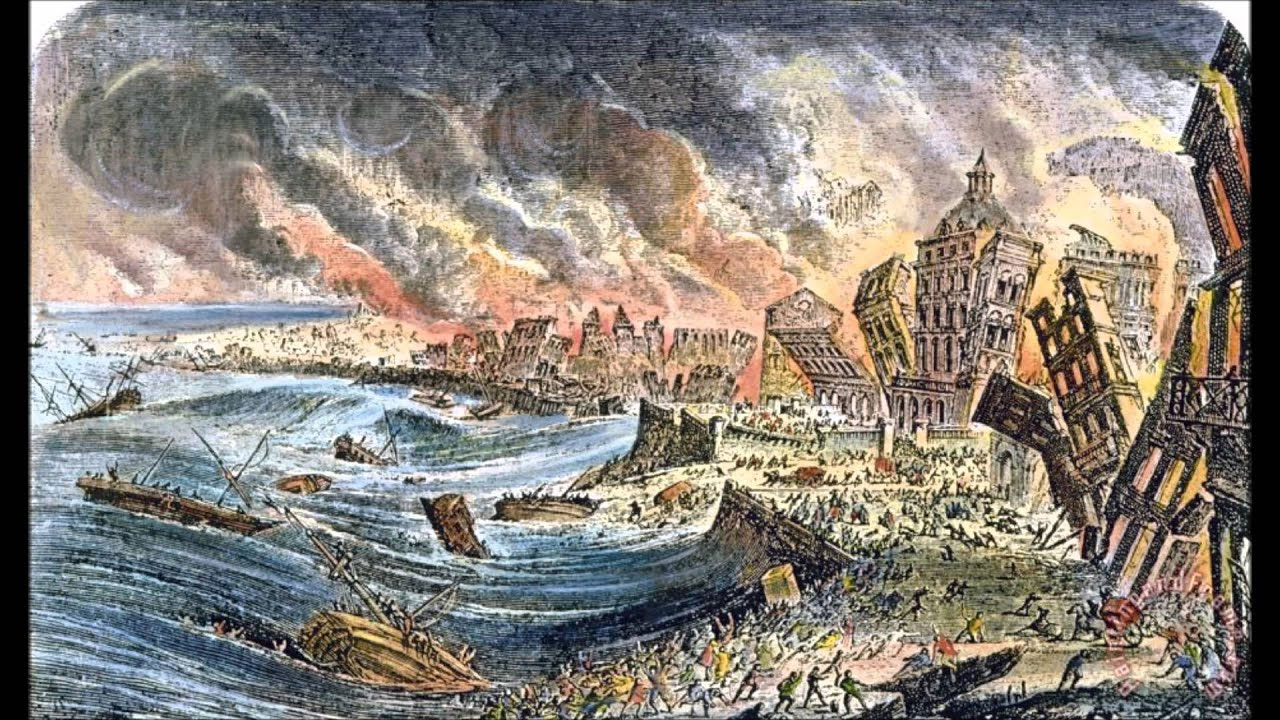
Because the water withdrawn from the shore during the shaking tsunami He spun around and nearly fell over the panicked crowd. In the interior, fires broke out in the buildings that remained standing. As a result if up to 30,000 people It is believed that he died in this incident.
It is necessary to pay attention to the part where 35 of 40 churches were destroyed.
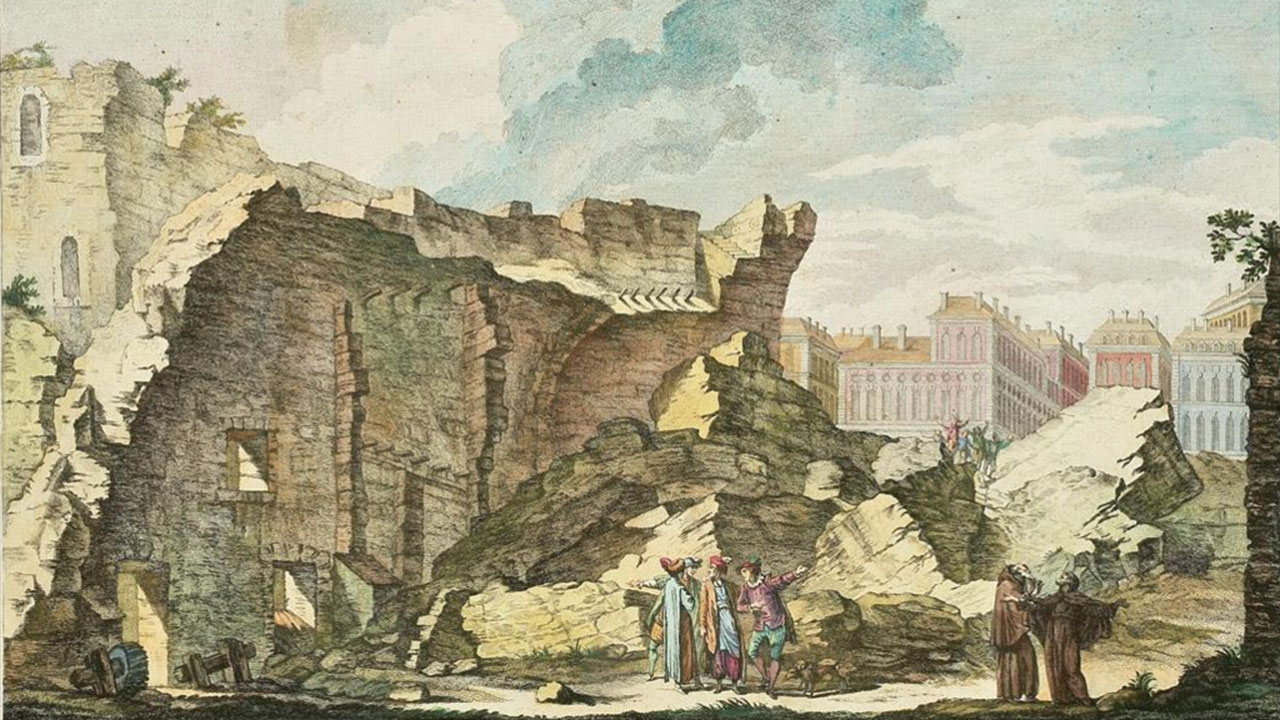
Jacques-Philippe Le Bass
Because at that time it was already quite dark. Catholic In order to make sense of such a great disaster, the people, who are curse‘ he thought fit to say.
Except for 1 person…
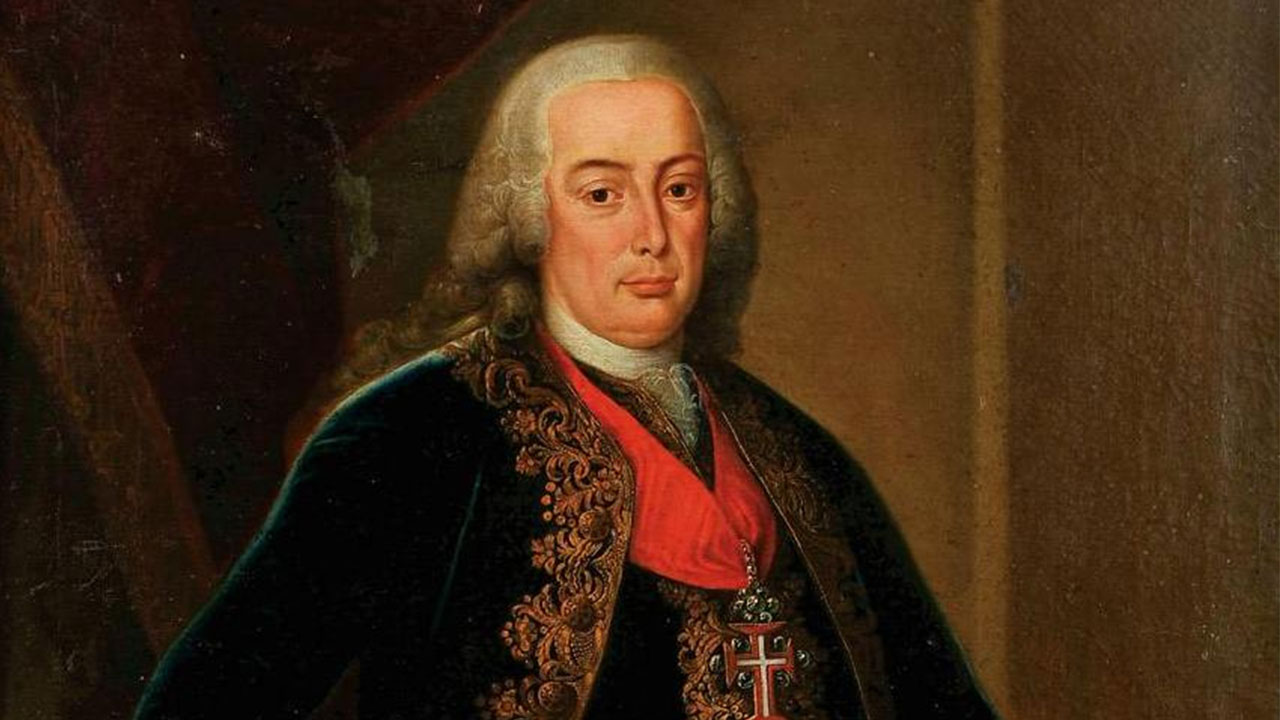
Sebastiano Jose de Carvalho e Melo
That person too Sebastiano Jose de Carvalho e Melo it happened. The statesman, better known as Marquis de Pombal I in history, was one of the most favorite ministers of the state at the time of the earthquake. With the earthquake Pombal’s ideasbrought modernity to a country that had turned its back on science.
Until the death of the king, strategic decisions were left to Pombal.
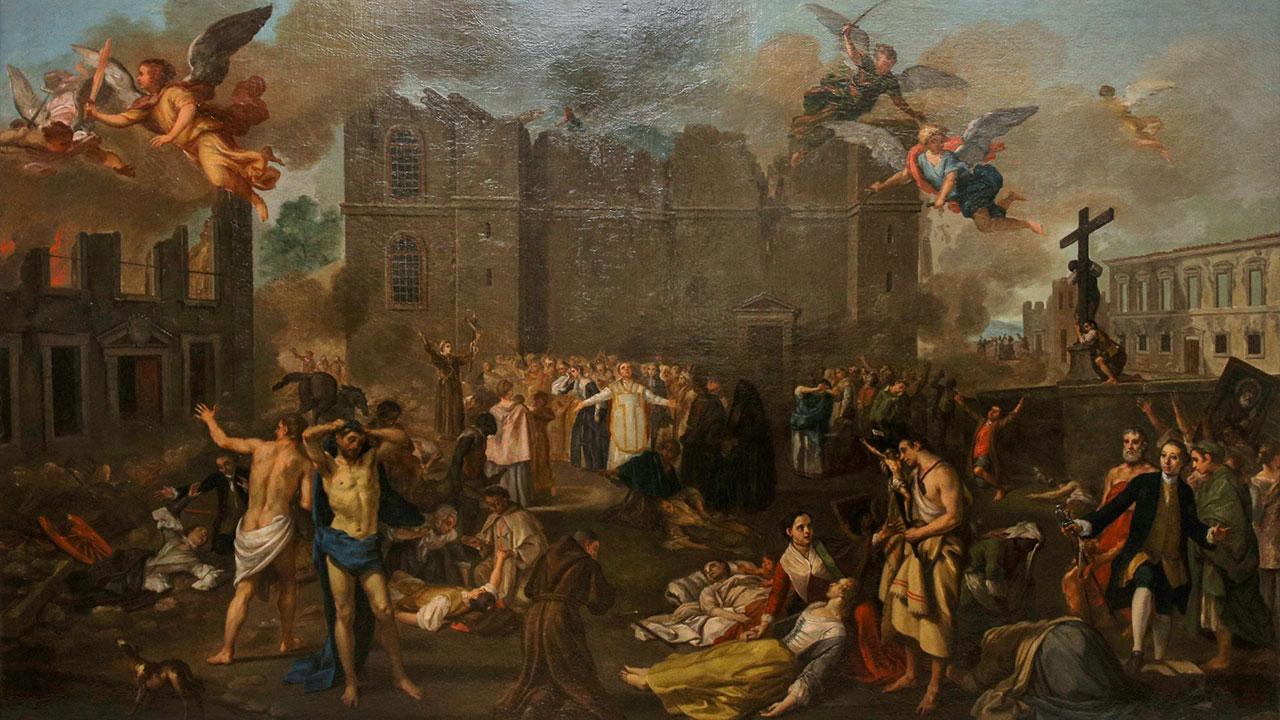
The depiction of divine punishment by João Glama Strobërle
Architects in the area gave him several suggestions to repair the damage from the earthquake. In the first of these, the relocation to a different region but was rejected because of the size of the city. In the second, it was proposed to establish wider and straighter streets, but this time too. landowners opposed it.
The third recommendation was that the location of the buildings should not be changed and only be repaired. Fourth, the reconstruction of the most damaged region reviewed and It was suggested that the other places be built according to the previous earthquake plan. fourth decision was deemed appropriate.
In this context, some arrangements were made in the Baixa region, which is in the middle of the city.
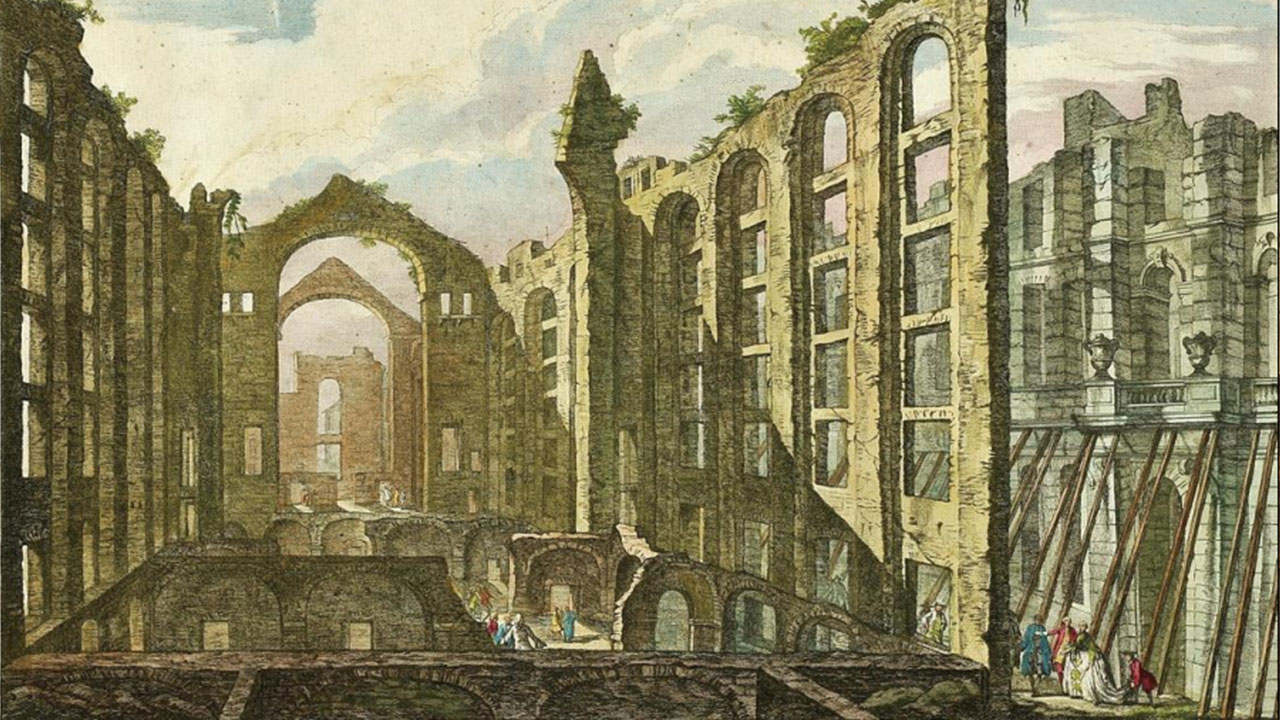
Ópera do Tejo
Straighter streets were built and primarily to be done in the area limiting houses to two floors suggested. According to this recommendation, the size of the houses, the width of the street would not pass, thereby making the streets passable in a disaster. Unfortunately, this part could not be implemented according to the sources.
What was truly revolutionary was the removal of the wooden skeleton system called ‘Gaiola’.
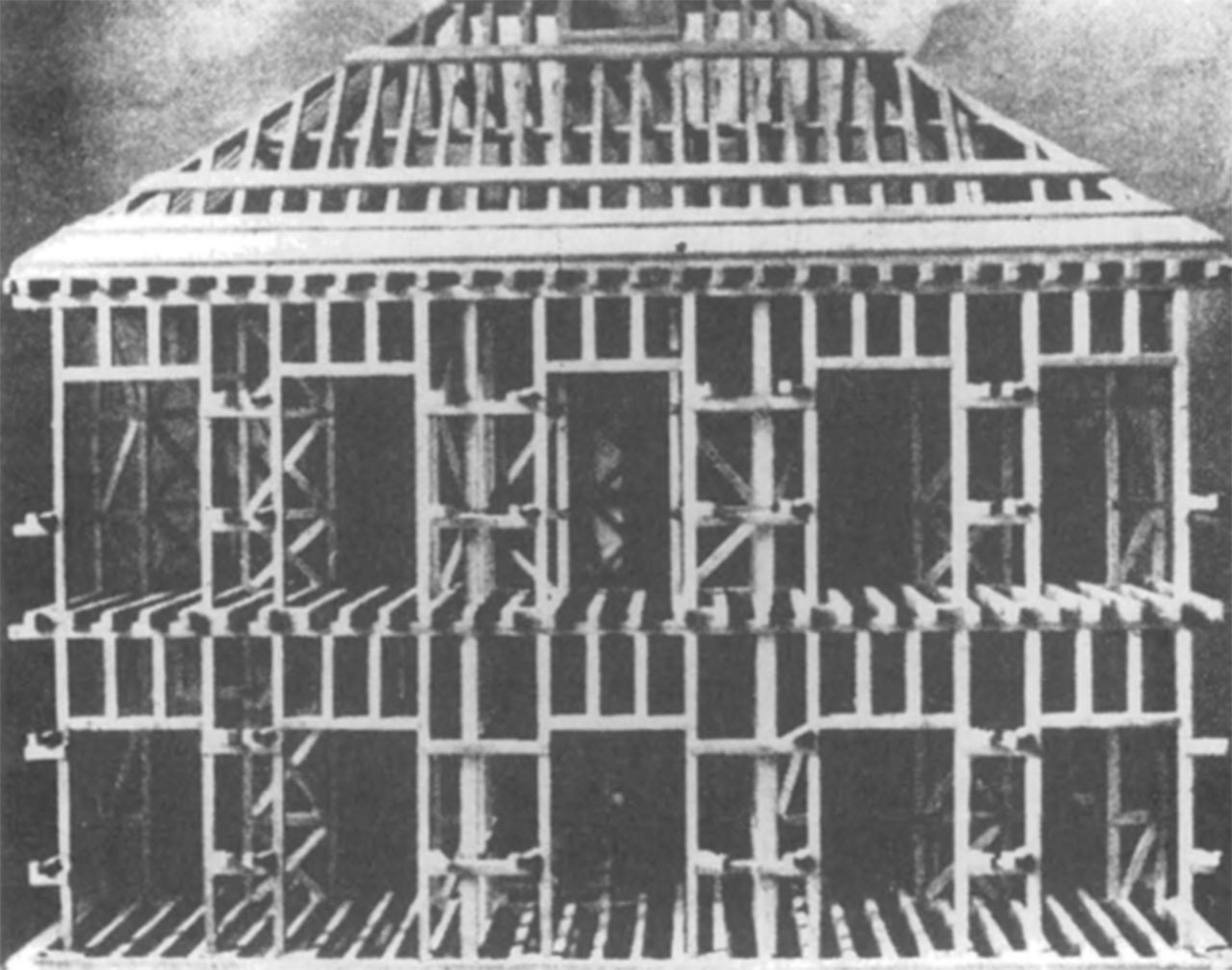
gaiola model
This skeleton that keeps the building intact against burning what protected it was the masonry walls surrounding it. This system, whose durability was also tested by the force of the soldiers, was made compulsory for other houses as well. As a result of all the arrangements, Lisbon; it became a city with wider and straighter streets, open spaces and earthquake-resistant structures.
In this way, religion is dominant and any preceded by scientific activity. the city was made earthquake resistant through reason and logic.
In other words, arrangements were made according to the location of the city, right after the earthquake, “Should we put the buildings there?” baseless assumptions are avoided.
It would not be wrong to say that it is not clear whether we will even take lessons in this way and see the necessary steps taken. At least in 1939 and 1999 after earthquakes Unfortunately, we see this. We hope that after the major earthquakes in 2023, at least the necessary measures will be taken now.
How is Lisbon today?
Unfortunately, the lessons of 1755 are still in Lisbon today. sunk into oblivion looks like. We can say that the reason for this is that there are places in the form of filling on the coasts – which are doomed to collapse in an earthquake – and the public is unaware of this.
Because, according to a survey conducted in 2020, the majority of the people prefer to go to the coast in case of an earthquake by making the same mistake as in 1755. This means meeting the tsunami that will come after the earthquake. Nevertheless, the work on disasters in Lisbonthough not with the same vigorLet’s say it continues.
- resources: Hakai Magazine, Nurettin Kalkan
- For historical information: Dreadful Visitations: Confronting Natural Catastrophe in the Age of Enlightenment
